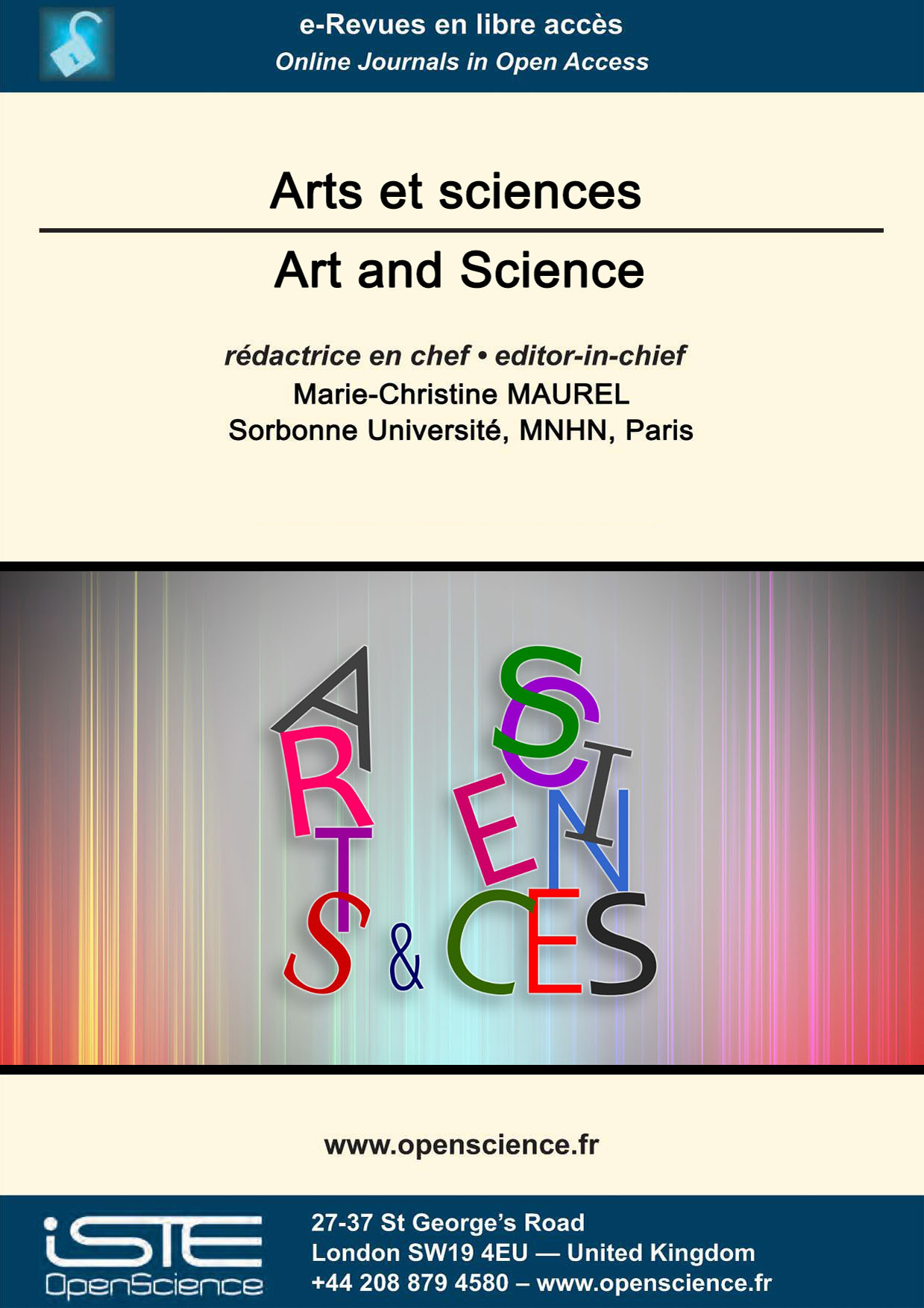

Social Sciences and Humanities > Home > Art and Science > Issue
The Italian Renaissance painters invented the first symbolic form for the mathematical concept of ’’actual’’ infinity : the projective point of the perspective. This was the result of a long debate on infinity, in philosophy, since Aristotle, and in theology, during the Middle Age, and had a major fall out in this early geometrization of space. In particular, this invention set the grounds for the construction of the infinite spaces of all possible physical dynamics. In spite of the diversity of the theories in physics (Classical, Relativistic, Quantum … theories), an a priori ’’phase space’’, as a generalization of the infinite Newtonian space-time, is a core presupposition of each theoretical frame. The problem will be posed of the pertinence of this construction as for historical sciences, biology in particular, where the “space of all possible paths” (the list of all phenotypes and their phylogenetic history) cannot be pre-given.
Digital games have become considerable and influential cultural transmitters throughout the past years. As social sciences had grasped the importance of this medium as an object of study, the field of archaeology has increasingly taken notice of the digital leisure worlds of millions of players. Studying games as artefacts or archaeological sites have been therefore pioneering research programmes by scholars like Andrew Reinhard in order to test the boundaries of the archaeological framework, as also to generate important insight on our society by applying archaeological methodology on digital games. The aim of this paper is to discuss the possible role of archaeology in its conjunction with video games and tries to establish a critical perspective towards the enthusiastic first wave of the archaeology of video games.
Coalescence. Inevitable attraction, inescapable fusion of two identical materials that results in the creation of a new, more energy-efficient entity. This is the essence of this work which associates science and art in a quest for beauty. Revealing the striking aesthetics of the many forms of nature, the photographs of the book Coalescence, Visions of Science enhance scientific research and remind us how beautiful and disconcerting nature can be. Captured by researchers in their laboratory, these moments of beauty spark the imagination. Although filled with a sense of mystery, they expose an indisputable truth.
The Formes vivantes (Living forms) exhibition, which will open on October 9th, 2019 at the Musée national Adrien Dubouché, Limoges, France, aims at exploring the relationship between ceramics and the living, from the Renaissance until today. This article will lay out the main axes of the exhibition project : naturalist objects, from images resembling the living to castings of living beings ; works showing how an organic imagination is born from the recomposition of shapes found in nature ; the influence of visual revolutions that brought to sight invisible dimensions of the living, anatomical, microscopic or genetic. The exhibition will show that ceramics can also be an innovative realm of contemporary creation. We also hope to demonstrate how the ceramic material in itself, because of its physical and chemical properties, can play a role in crossing boundaries between the living and the non-living, conceptually, but also in practice, for instance with the emergence of biomedical ceramics. Such a transdisciplinary approach, following the latest developments in artistic creation and scientific research, will allow us to study our relationship to the idea of living, in the light of recent scientific discoveries, but also from a political, ethical and aesthetical point of view.
The study presented here concerns the search for the internal geometry of the Salvator Mundi (so-called Cook version, attributed to Leonardo da Vinci), followed, by comparison, with that of the so-called Ganay version. This approach confirms the methodology we developed previously. It highlights Leonardo’s creative approach and in particular his dynamic conception of geometry.
One wonders about the universality of the individual religious fact that is socialized in the form of rituals and institutional religions. The cerebral hypertelism characteristic of the human being, consequence of bushy evolution of the great primates, is at the origin of both his success in real life made of struggles to overcome objective biological handi-caps, and a ‘vacuum work’ network neurons during sleep, producer of an imaginary life that escapes the will and erase the limit between living and dead persons. Conscious for this dual aspect and to maintain coherence, the human being appeals to the myths that he shares in his social life and that contribute to the cohesion of the communities. This leads to a ritualization that takes diverse forms of religions, often joined to drugs consuming. Artistic creation is a parallel path, an outflow for the over-sized brain, as is scientific intuition.
Among the institutional religions, the monotheistic formulas were imposed in the Middle East in association with the history of hierarchical societies and their modalities of power. This relationship has made religions agents re-sponsible for the greatest massacres in history. The exercise of reason, doubt and criticism has led to the development of philosophy and science, often in opposition to religions. However, on the one hand, the mental causes of the temptation to resort to religion reside in each human being and are reinforced by social conditions; on the other hand the thirst for power and the instrumentation of religious fact create obstacles to the flourishing of humanity. The solutions lie in the conjunction of a massive diffusion of knowledge and a proactive sharing of resources.

2024
Volume 24- 8
Issue 12023
Volume 23- 7
Issue 12022
Volume 22- 6
Issue 12021
Volume 21- 5
Issue 12020
Volume 20- 4
Special issue2019
Volume 19- 3
Issue 12018
Volume 18- 2
Issue 12017
Volume 17- 1
Issue 1